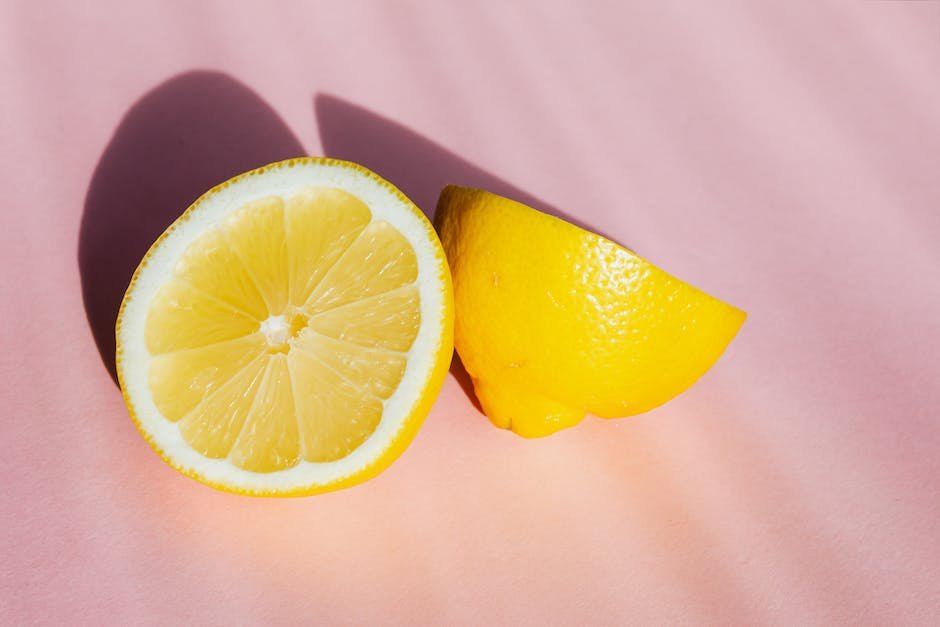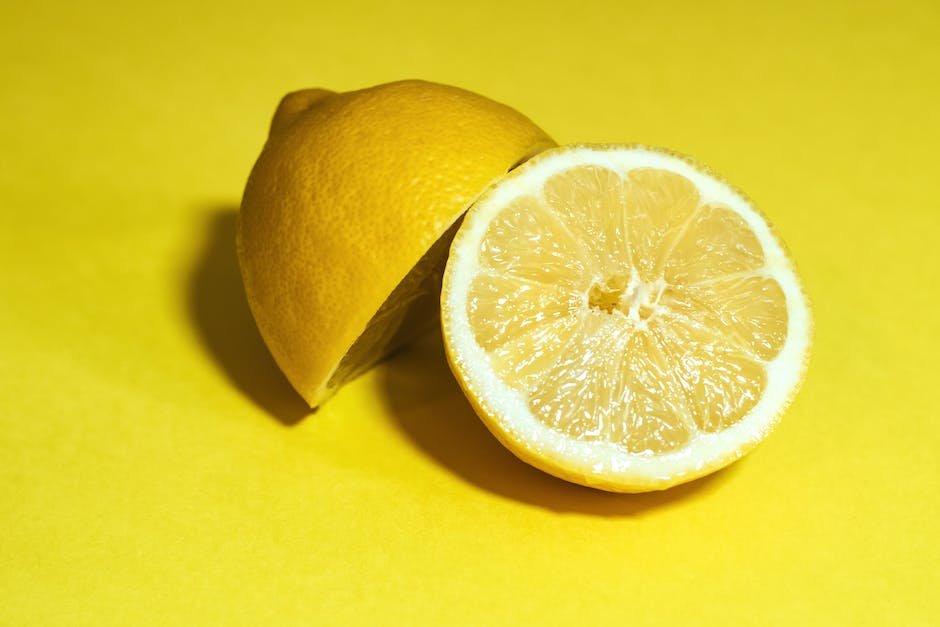Many people have debated about how much water you need to drink per hour depending on your body size. Most agree that if you are drinking enough water, then you should be conscious of how many cups of water you consume every few hours.
However, some say it’s not important to focus on how many cups you ingest but rather how much liquid you ingest which is referred to as fluid intake or hydration.
This article will discuss the difference between dry and wet mouth conditions, what kind of liquids we suggest for individuals with no thirst, and why limiting sugar drinks can be helpful.
We will also look at some simple tips to help you achieve optimal oral health by altering your beverage choices.
A dry mouth condition occurs when there isn’t very much saliva present in your mouth. Because saliva acts as a natural lubricant, lack of moisture may cause teeth to press against each other or mucus to stick to surfaces. This could lead to pain or even damage (such as broken teeth).
If this happens, your dentist might recommend using a straw instead of a cup handle so that you don’t have to use as much pressure to pull off the content.
Definition of a cup

A cup is any container that holds liquid. Most people recognize this as the glass or ceramic mug you drink your tea or coffee from, but there are many other types of cups. For example, a tall can be referred to as a cup because it contains liquid and has a top.
A standard measuring cup for most liquids is the 250-ml (8 oz.) cup which has been standardized by the International Organization for Standards. This includes our normal 1 cup = 250 ml size as well as larger sizes such as 2 cups or 16 ounces.
However, some beverages have their own unique sized cups. One example is water where one can either use a lidded bottle with a straw sticking out, a glass jug with an attached spout, or simply put your empty bottle under running water until it fills up.
Another type of beverage with separate cups are sodas and juice drinks. Some have a large rounded cylinder shape while others have more narrow tops. What doesn’t vary much is the color though! Many kids’ juices come in little plastic boxes with a lid instead of a proper cup. These usually don’t contain enough liquid for very hungry children so they must be checked frequently.
Converting cups to pints
While some people like to use fluid ounces as our standard liquid measurement, that is not very practical when talking about alcoholic beverages. Because alcohol volume decreases as it dries, using fluid ounce measurements can be confusing.
Luckily, we have another way to measure liquid amounts! The Australian cup system was designed to make converting between liquids much easier. A British import, the imperial pint is still used widely around the world. So instead of measuring drinks in fluid ounces or tablespoons, you now have an option in terms of how to measure liquid amounts.
The American equivalent to the imperial pint is the liter which is sometimes also referred to as a gallon. This makes sense because one US yard equals one meter and one kilo (or 1,000 grams) = one thousand liters. But what does this mean for us drink lovers? Let’s find out!
We will go over some basics about drinking and then compare the size of various popular containers at half a pint. Afterward, we will compute how many beers, sodas, or cocktails each person would need to consume to match the same amount of liquid in a glass bottle. Take notes!
What are we learning today?
It can seem daunting starting off with the metric system, but there are several reasons why it is the best choice for most people. First, unlike the Imperial System where units vary depending on the country they are being used in, the Metric System uses consistent, universal numbers.
Converting pints to cups

Many recipes call for an amount of milk that is one cup per half a pint of liquid. This article will teach you how to convert between these two units!
Firstly, we should talk about what makes a good recipe. A well-made meal or drink needs enough ingredients to taste nice together. So, how do we know whether there’s enough milk?
We can refer back to our table of milk quantities and compare them with our own personal tastes. If we like less milk than the listed amount, then we can use more of it to make the same feeling level.
If we like more milk than the listed amount, then we can use a little bit less to get the same feeling!
So, let’s test this out using the example above: if a recipe calls for one cup of milk, what size glass does one cup look like to us? We usually pour ourselves a small cup so we can mix some drinks or enjoy some food while waiting for the rest to finish.
That means one cup looks around 250 ml to us – which is why we called one cup as one 250ml bottle at the beginning of this article! (Note: sometimes people round up instead of down when talking volume, so your measure may be slightly different depending on who writes their words.
Dividing into half pints

In our article about how many cups of coffee you need to drink per day, we mentioned that one cup equals 4 ounces. That is not true for every person!
Some people prefer less than four fluid ounces of liquid per ounce of solid food they eat, which makes their preferred volume slightly less than what we referred to as a standard cup.
If you are one of these individuals, then you should use 4 tablespoons as your unit measure instead of a cup. A tablespoon contains 5 milliliters of liquid, so if you want a half-cup (8 ml) of liquid, add eight more tablespoons to make up the rest of the cup.
Dividing into half cups
In order to find how many grams of sugar you have in one cup, all you need to do is divide your cup of liquid sugar-containing content by two and then multiply that number by eight.
This way, you get how much sugar each part contains! For example, if you had one teaspoon of brown sugar in your drink, then one cup would be two teaspoons so there are now four grams of sugar in one cup.
By using this method, you save time counting up every ingredient separately and doing the math. You also see what percentage of your daily intake some ingredients contribute which is very helpful in educating people about sugar.
Comparing volume in cups and pints
Many recipes call for one cup of milk, or half a cup. This can sometimes be tricky to do when you are not sure what temperature your milk is!
If you ever find yourself in this situation, there is an easy way to figure out how much milk you need to make a given amount of drink. You just have to know how many ounces are in a pint! (A lot more than you would think!)
By multiplying the number of ounces in a pint by two, we get the number of ounces in a cup. So, if a recipe calls for one cup of milk, then you would use one cup as our final liquid needed.
This article will help you determine the appropriate size glassware for drinks that contain milk.
Comparing weight in cups and pints
Many restaurants have standard drink sizes, such as a cup of milk or water, or a glass of wine or spirit. The amount in each size usually varies by brand but not by much!
Many beverage companies use metric measurements for liquids. This can be confusing because there is no universal way to say half a pint. Luckily, we have some helpful information here!
A ¼ pint (8 mL) bottle of liquid equals 2 tablespoons (20 mL). A ½ pint (16 mL) bottle equals 4 tablespoons (40 mL)!
That means that if you have a bottle with “½ pint” printed on it, it will take twice as many strokes to fill up your measuring cup as it should! To make sure you get an accurate measurement, do not mix fluid levels until they are the same shape and length, and make sure your markings match our guide above!
Update: As of September 2019, Nestlé has changed their formula for calculating ¾ and 1⁄2 liters.
Tips for drinking cups and pints
The number given for one cup of liquid is usually called a “cup” or a “unit” of measurement. That unit varies by country, however! In some countries, like England and Ireland, it is actually referred to as a “tea-spoon.”
In other countries, like Australia and Japan, they use measurements suchas a tablespoonor a dash(for water) instead.
So what does that mean for you? Well, when someone says they want a drink of milk, for example, they are probably asking for a glass full of milk. If this article was a movie, it would now be time to do a lot of action scenes. 😉
When using measuring tools, make sure you have them all before you start mixing drinks! This will save you lots of money in the long run. For instance, if your recipe calls for one teaspoon of sugar, you should have already measured out that amount.
Remember, when writing an essay, you need to include a little bit about how each part contributes to the topic and body of the paper. When proofreading, look for instances where there is too much or too few content within a sentence or bullet point.


















